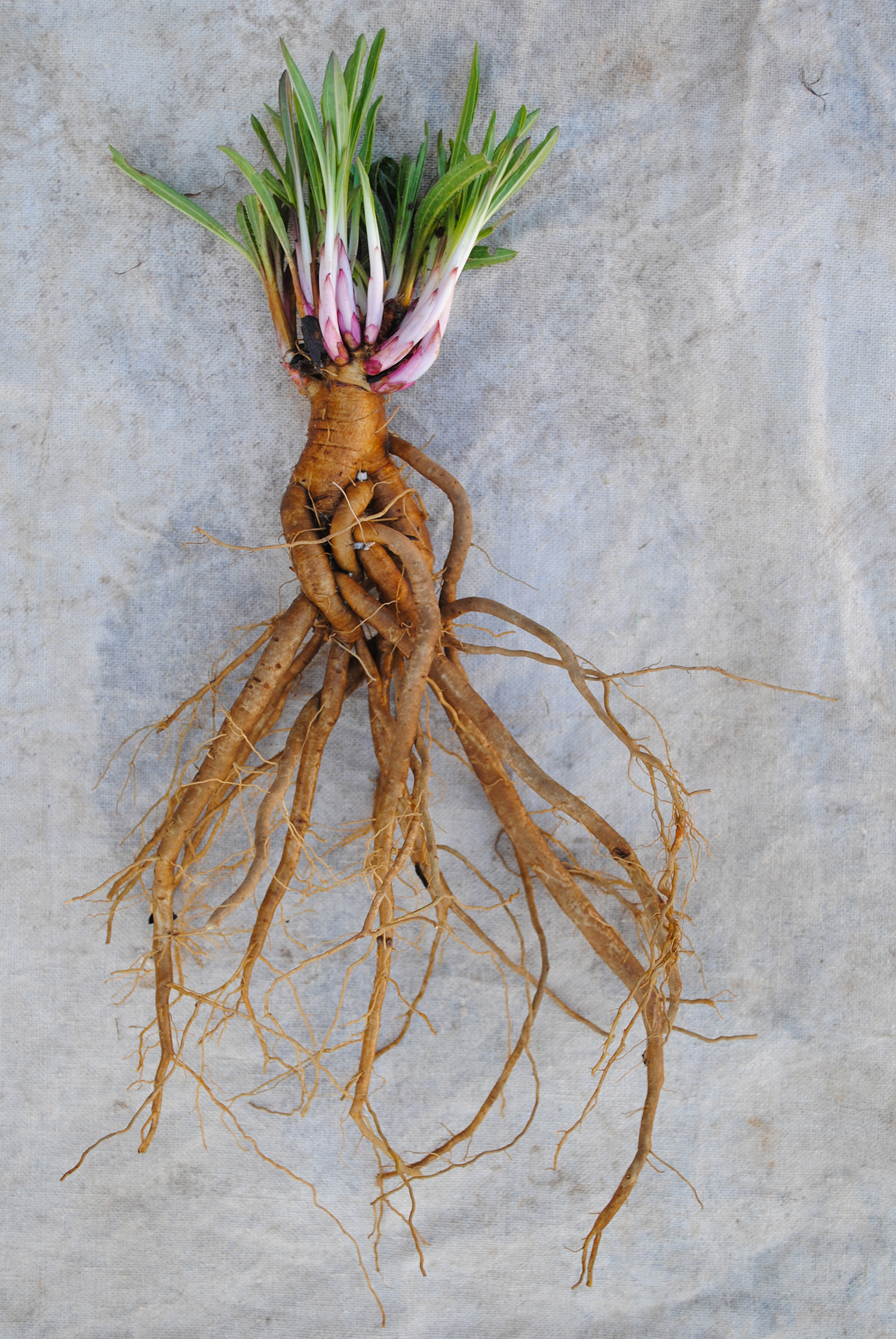I love dividing perennials before a good soaking spring rain. I feel like I’m making a great investment. Not only am I increasing the number of plants I have, but I’m also saving time by not having to immediately water them for the next few days.
It has to be a sizable forecast, too. A tenth of an inch won’t do. When I saw an inch of rain was slated to come later in the evening, I knew that it would be a great day for transplanting.
Leucojum aestivum ‘Gravetye Giant’ was on my list. I planted a handful of bulbs two falls ago under a Taxodium at the edge of our small orchard, and I have enjoyed their perky white blooms from our kitchen window for the past few weeks. I noticed them slowing down and thought now would be a good time to divide some.
One plant…
…becomes two.
With shovel in hand, I loosened a clump from the soil and teased tunicate bulbs apart. It’s easy to break these these geophytes apart at the basal plate. If they were still part of one bulb, I held off splitting. I plunged the shovel back into the soil, pried back and forth, and dropped the small bulbs in. Larger bulbs take a few more stabs to open up a spot large enough.
A Leucojum planted back into the soil after division.
Once they are in the ground, I provide purchase with a firm foot step and close the soil’s wound. A tenant of my life is water plants after planting. But, I’ll break it this once. It is late enough in the day, and I’m betting on mother nature’s liquid help.
A firm press on the soil closes the gap.
It’s like the Leucojum was always there. And, that’s not a weedy grass. That’s Carex glaucodea on it’s left. I’m bulking it up in this area as well.
In case you’re wondering, my investment paid off. It started raining around sundown, and we got an inch and a half overnight. Now I await more blooms next year.




































